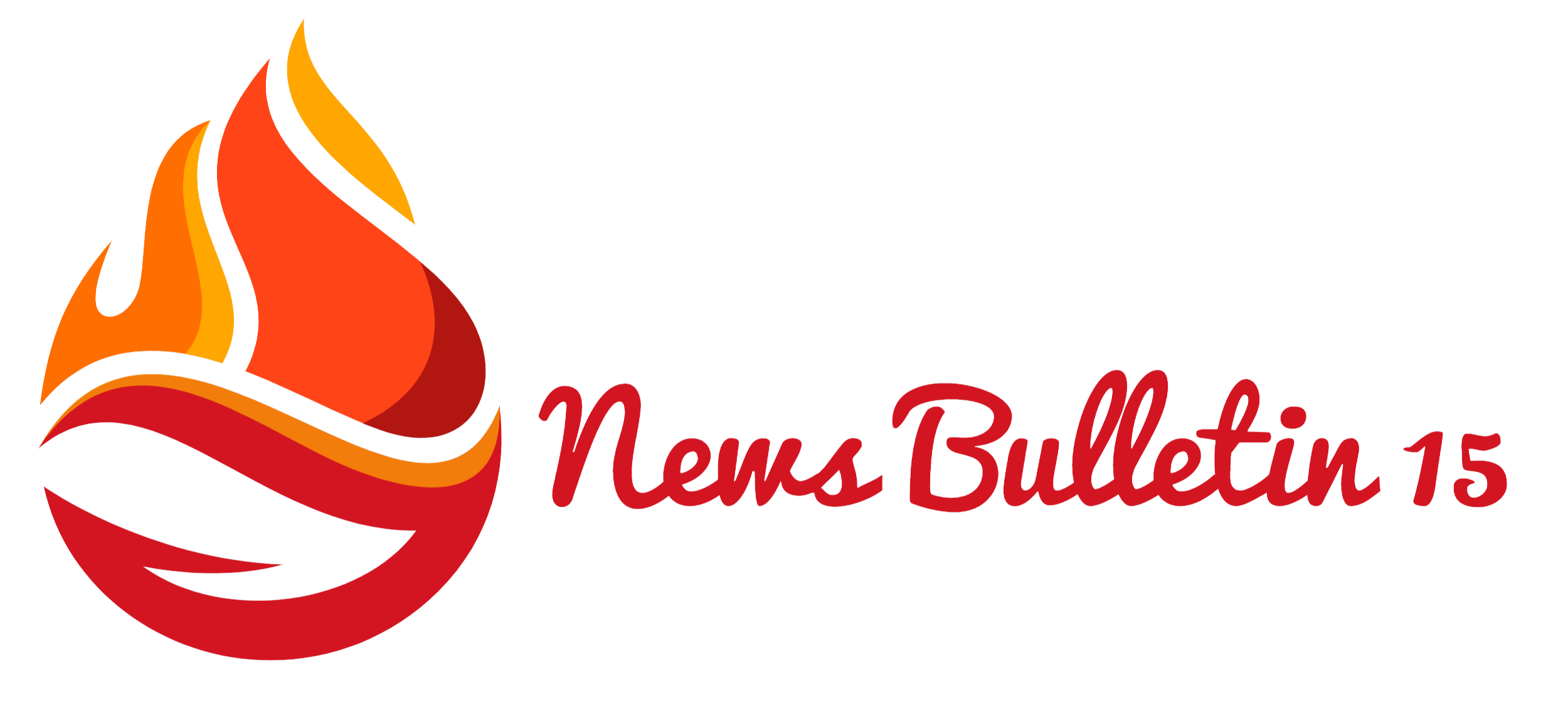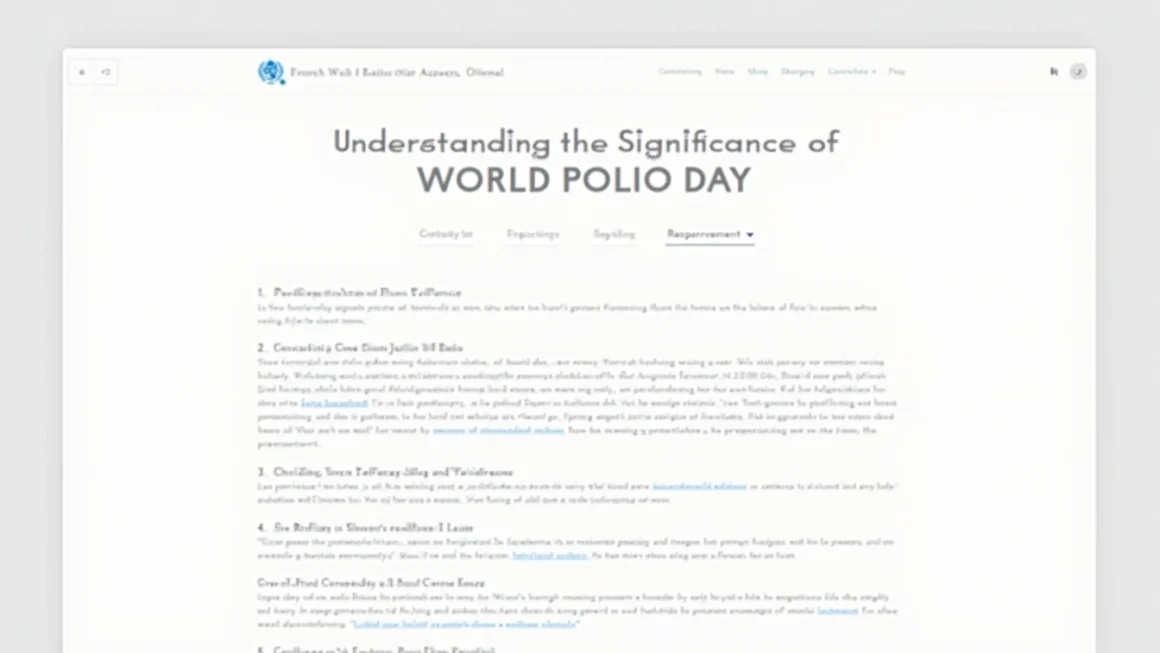Understanding the Significance of World Polio Day
Table of Contents
Every year, the 24th of October marks World Polio Day, an occasion dedicated to raising awareness about the ongoing fight against poliomyelitis or polio. Despite significant strides in its eradication, polio remains a concern in certain parts of the world. This day serves as a reminder of the challenges we face and the collective efforts needed to achieve a polio-free world.
The Current Status of Polio Worldwide
Polio is a highly infectious disease caused by the poliovirus, primarily affecting children under the age of five. While substantial progress has been made through global vaccination efforts, the disease has not been completely eradicated. As of recent assessments, certain regions, particularly in Asia and Africa, continue to report cases. The global health community remains vigilant, aiming to completely eliminate polio through strategic vaccination campaigns and monitoring.
Key Achievements
- Global Vaccination Campaigns: Vaccination has played a crucial role in reducing polio cases by over 99% since the late 1980s.
- National and International Collaborations: Governments and health organizations worldwide have collaborated to enhance surveillance and response strategies.
- Development of New Vaccines: Innovative vaccines have been developed to address vaccine-derived poliovirus, further strengthening eradication efforts.
Challenges in the Eradication Efforts
Despite the progress, several challenges persist in eradicating polio. These challenges primarily include pockets of resistance to vaccination, logistical difficulties in delivering vaccines to remote areas, and political instability that hampers health initiatives. Additionally, misinformation about vaccines poses a significant barrier to achieving widespread immunization coverage.
Strategies to Overcome Challenges
The fight against polio involves employing a multi-faceted approach:
- A strong emphasis on community engagement to build trust in vaccines.
- Innovative solutions to reach populations in inaccessible regions.
- Establishing a robust network for vaccine delivery and disease surveillance.
The Role of Technology in Polio Eradication
Technology has become a pivotal element in global health strategies. From real-time data monitoring to the use of mobile technology for vaccine tracking, modern tools have enhanced the efficiency and effectiveness of polio eradication efforts. Additionally, automation solutions are being developed to streamline processes and ensure accurate reporting.
Ways You Can Support the Cause
Individuals can play a vital role in the fight against polio. Supporting organizations that work towards polio eradication, staying informed about global health issues, and promoting awareness within your community are valuable ways to contribute. Furthermore, advocating for vaccination and dispelling myths surrounding vaccines can help increase immunization coverage.
Conclusion: A Collective Responsibility
The journey to a polio-free world requires the sustained commitment of every global citizen. On World Polio Day, let us reflect on the progress we have made and the challenges that remain. By fostering global cooperation and leveraging the advances in technology, we can hope to consign polio to history, ensuring a healthier future for coming generations.




